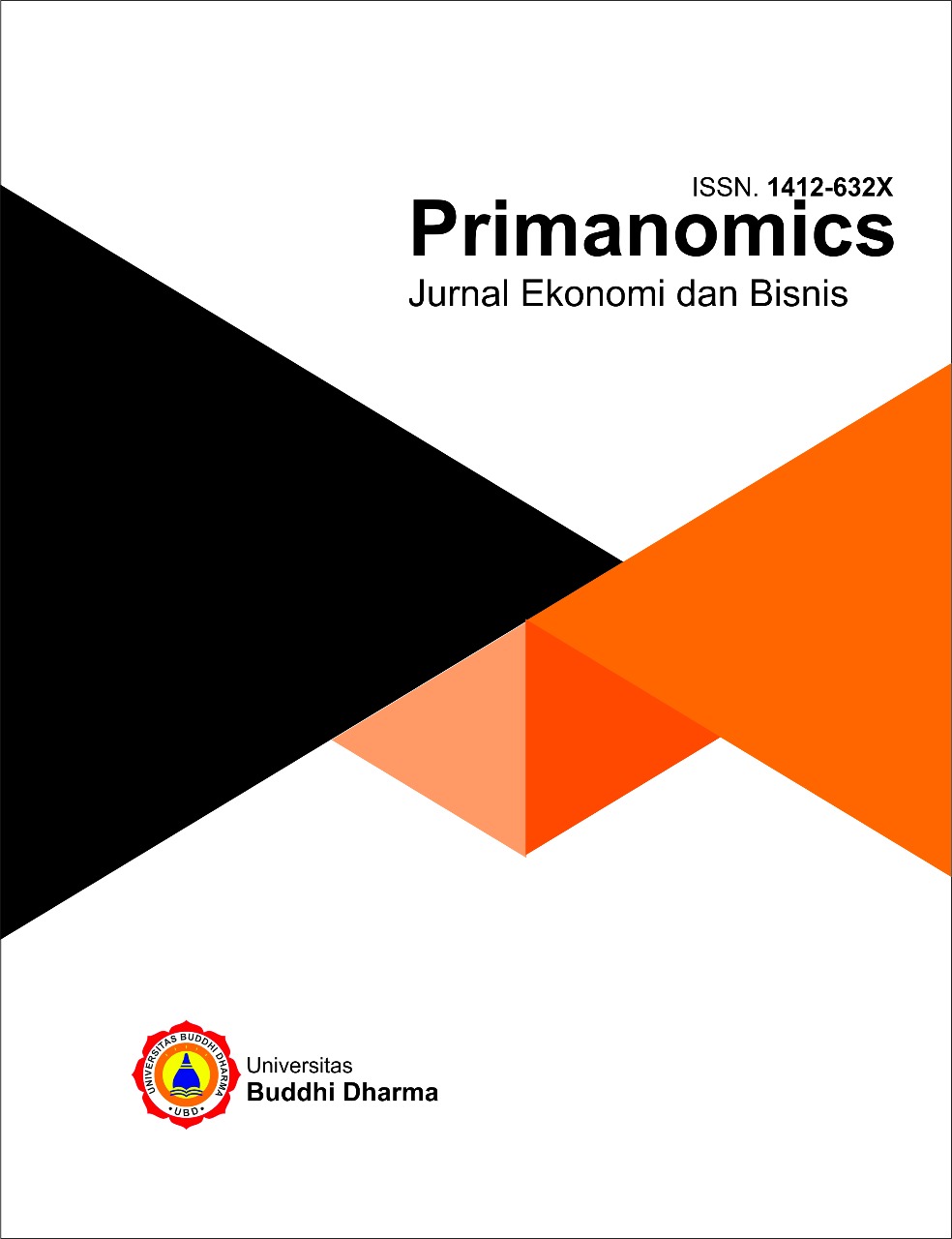Analysis Of The Impact Of Brand Awareness On Brand Loyalty In The Use Of E-Wallets Through Purchase Intentions
Main Article Content
Abstract
The development of non-cash transactions in Indonesia has received a fairly positive response especially with the presence of e-wallets in Indonesia, the majority of which are local products. E-wallet is a stored value or prepaid product where a record of funds or "value" available to the consumer is stored on the consumer's electronic device. OVO, GO-PAY, and DANA are present in Indonesia which incidentally they cover the majority of the e-wallet market in Indonesia. Therefore, consumer brand awareness of the three brands is quite potential, as evidenced by the e-wallet market coverage they have gained, but the loyalty of using e-wallets to the three brands is still not clearly known, the purpose of this study is to determine whether the brand awareness possessed by the three e-wallet brands affects brand loyalty through purchase intentions. Researchers collected a sample of 120 data and the sample obtained in this study was obtained through distributing questionnaires. Research is a quantitative type of research using descriptive type, and the scale used is a Likert scale, in this study also uses SEM analysis. In testing this research, researchers used 2 types of goodness of fit testing, namely measurement outer, and inner models and conducted mediation testing with the VAF method, this study used the SMARTPLS 3 Professional 3.3.2 tool. The results of this study indicate that the brand awareness variable has a significant effect on the brand loyalty and purchase intention variables, but the purchase intention variable is only able to carry out the mediation function partially. In further research, it can be expected to conduct a more in-depth discussion by modifying the variables so that the research can be more in-depthThe development of non-cash transactions in Indonesia has received a fairly positive response especially with the presence of e-wallets in Indonesia, the majority of which are local products. E-wallet is a stored value or prepaid product where a record of funds or "value" available to the consumer is stored on the consumer's electronic device. OVO, GO-PAY, and DANA are present in Indonesia which incidentally they cover the majority of the e-wallet market in Indonesia. Therefore, consumer brand awareness of the three brands is quite potential, as evidenced by the e-wallet market coverage they have gained, but the loyalty of using e-wallets to the three brands is still not clearly known, the purpose of this study is to determine whether the brand awareness possessed by the three e-wallet brands affects brand loyalty through purchase intentions. Researchers collected a sample of 120 data and the sample obtained in this study was obtained through distributing questionnaires. Research is a quantitative type of research using descriptive type, and the scale used is a Likert scale, in this study also uses SEM analysis. In testing this research, researchers used 2 types of goodness of fit testing, namely measurement outer, and inner models and conducted mediation testing with the VAF method, this study used the SMARTPLS 3 Professional 3.3.2 tool. The results of this study indicate that the brand awareness variable has a significant effect on the brand loyalty and purchase intention variables, but the purchase intention variable is only able to carry out the mediation function partially. In further research, it can be expected to conduct a more in-depth discussion by modifying the variables so that the research can be more in-depth.
Downloads
Article Details

This work is licensed under a Creative Commons Attribution-NonCommercial-NoDerivatives 4.0 International License.
 Abstract views: 438
/
Abstract views: 438
/  PDF downloads: 281
PDF downloads: 281
